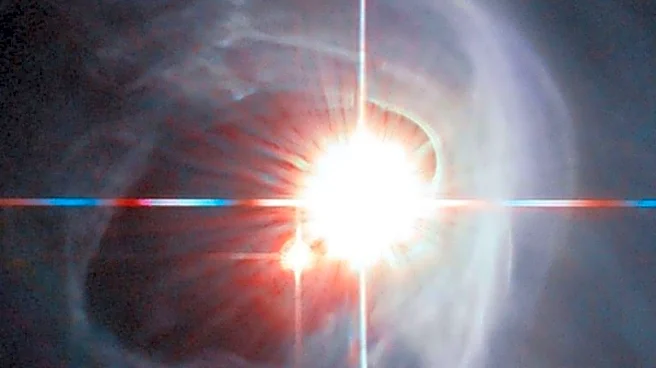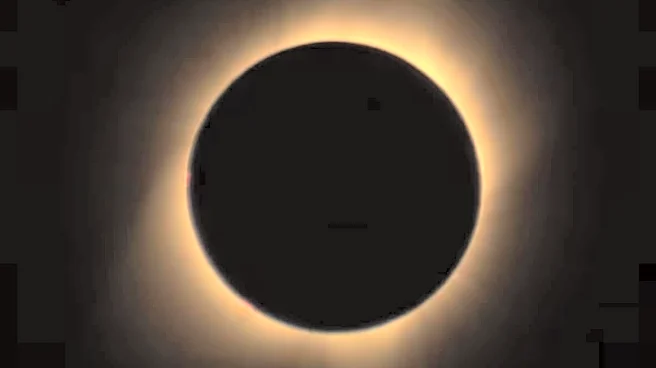Astronomers have spotted a cosmic drama playing out 4,000 light-years from Earth, a phenomenon they are calling a “dance of death”. Two dying stars in a tightly bound system are spiralling toward a catastrophic
collision, an event so extreme that scientists say it could rewrite long-standing understandings of physics.
The system, named ZTF J2130, has been observed in unprecedented detail. It contains a white dwarf, the dense, burnt-out core of a once-massive star, and a subdwarf, a hot, fading remnant nearing the end of its life. What makes this pair remarkable is how close they already are: the two stars whip around each other in under 40 minutes, one of the shortest orbital periods ever recorded.
Researchers say the stars are now so near that their shapes have begun to distort under each other’s immense gravity. Matter is being stripped from the subdwarf and funneled onto the white dwarf, creating a violent transfer of stellar material that looks, as scientists describe, like the stars are “kissing” before tearing each other apart.
This accelerated interaction hints at an approaching finale. As the stars orbit at breakneck speed, they generate gravitational waves, ripples in space-time first predicted by Albert Einstein in 1915. Each burst of gravitational radiation causes the system to lose energy, drawing the two stars even closer and tightening their orbit year after year.
Einstein’s Theory Faces an Extreme Test
Data collected from observatories in Germany and Spain shows that the pair’s orbit is shrinking at a measurable rate; the stars’ orbital period is decreasing by two trillionths of a second every second. Remarkably, that number aligns almost perfectly with the predictions of Einstein’s General Theory of Relativity.
But for scientists, confirmation is not enough. ZTF J2130 presents a rare opportunity to probe whether gravity behaves exactly as Einstein described, even under the most extreme cosmic conditions. Researchers hope the system will reveal subtle deviations, potential clues pointing to new physics.
The findings have been published in Astronomy & Astrophysics. Meanwhile, the European Space Agency is preparing for LISA, a next-generation space-based gravitational-wave observatory scheduled for launch in the 2030s. LISA will be capable of detecting the faint waves produced by systems like ZTF J2130 with unprecedented precision.
When the two stars finally merge, the result is expected to be nothing short of spectacular; a supernova powerful enough to be visible from Earth with the naked eye. Such an explosion would be among the most significant astronomical events in modern history, offering scientists a direct look at one of the universe’s most violent transformations.


/images/ppid_a911dc6a-image-176422753505161461.webp)











